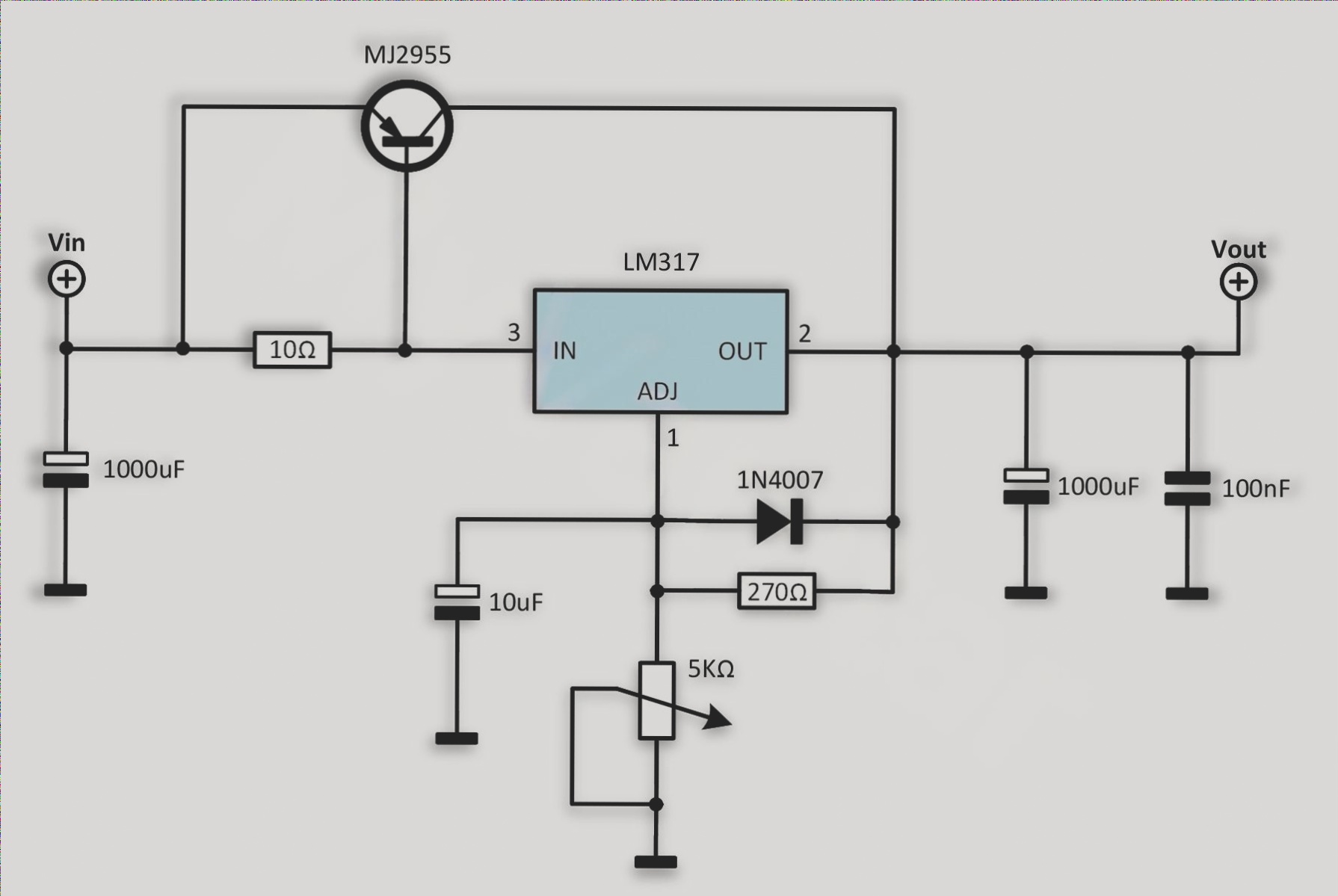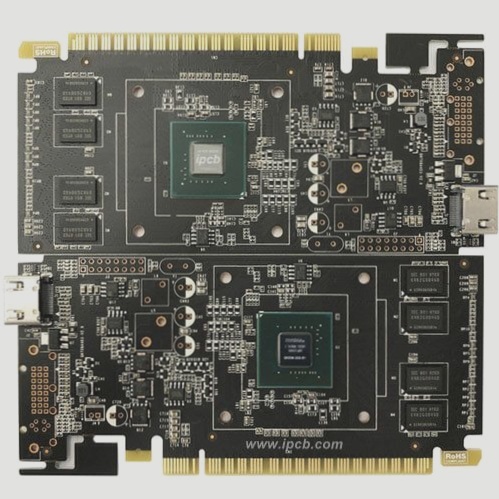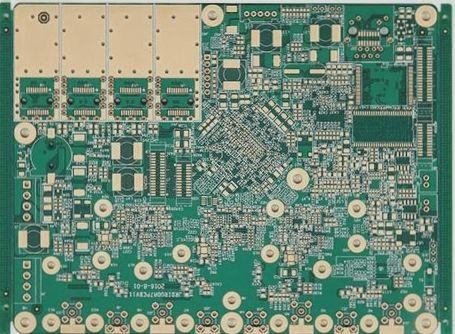Key Considerations for PCB Design in Switching Power Supplies
- Design Process Steps:
- Define component parameters
- Generate input principle netlist
- Configure design parameters
- Manual component placement
- Manual routing of traces
- Design verification
- Design review
- CAM (Computer-Aided Manufacturing) output
Improving Parameter Setting for PCB Layout
The spacing between traces is crucial for electrical safety. Wider spacing is preferred for ease of operation and production. Ensure adequate spacing for voltage levels and adjust for signal line density. To reduce interference, minimize spacing for signals with high-low level differences. Maintain a distance of over 1mm between pad inner hole edges and the board edge to prevent fabrication defects.
Optimizing Component Layout
Improper PCB design can impact equipment reliability. Correct methodology is essential to avoid issues like signal waveform delays due to close parallel traces. Prioritize correct PCB design to enhance product performance. Each switching power supply has four main current loops:
- AC circuit of power switch
- Output rectifier AC loop
- Input signal source current loop
- Output load current loop
Proper positioning of input and output filter capacitor terminals is crucial for energy storage and circuit connectivity. Connect current loops exclusively to power supply from filter capacitor terminals to prevent AC energy radiation.
Structured Switching Power Supply Layout Design
The layout design mirrors the electrical design process and includes:
- Transformer placement
- Power switch current loop design
- Output rectifier current loop design
- Control circuit linking to AC power circuit
Organize functional circuit components based on key principles to optimize performance and reduce interference. Consider PCB dimensions, component placement density, symmetry, lead lengths, and loop area to enhance the switching power supply layout.
Efficient Wiring for Optimal Performance
Optimizing PCB Design for Switching Power Supplies
- Switching power supplies transmit high-frequency signals, making any PCB trace susceptible to acting as an antenna.
- Trace length and width play a critical role in impedance and inductive reactance, impacting frequency response.
- Even DC-carrying traces can inadvertently pick up RF signals from neighboring lines, leading to potential circuit issues or interference re-radiation.
- Designing AC-carrying traces to be short and wide can help mitigate these issues.
- Keeping components connected to printed lines and power lines in close proximity is essential.
- Trace length directly influences inductance and impedance, with a reverse relationship to width.
- Longer traces can lower the frequency response of printed lines, increasing RF energy radiation.
- Consider the size of PCB currents when determining power trace width to reduce loop resistance.
- Aligning power lines, ground lines, and current directions can enhance noise immunity.
- Grounding is a fundamental aspect of the four current loops in switching power supplies, stabilizing circuit performance and reducing interference.
Grounding Wire Design Best Practices:
- Opt for single-point grounding and connect filter capacitor common sides to interact with other ground connections.
- Place grounding close to circuits and horizontally connect corresponding circuit power filter capacitors.
- Utilize wide grounding traces for high current to maintain signal stability and noise immunity.
- Ensure ground trace width exceeds power line width, preferably exceeding 3mm or utilizing large copper areas for grounding.
Global Wiring Guidelines:
- Maintain consistent wiring direction aligned with schematics and component arrangement for ease of production, testing, and maintenance.
- Minimize trace bends, maintain uniform printed arcs, and use angles greater than 90 degrees.
- Implement “via” or “around” solutions for potential circuit crossings and prevent overlap between surface mount and through-hole components.
Design Verification:
- Conduct thorough checks post-wiring design to ensure compliance with PCB production rules and requirements.
- Verify line-to-line and pad connections, trace-to-via distances, and power and ground trace widths.
- Avoid errors such as connectors extending beyond board edges during spacing checks.
- After each modification, ensure proper copper re-coating following the PCB checklist and scrutinize design rules, layer definitions, spacing, and component layout.



